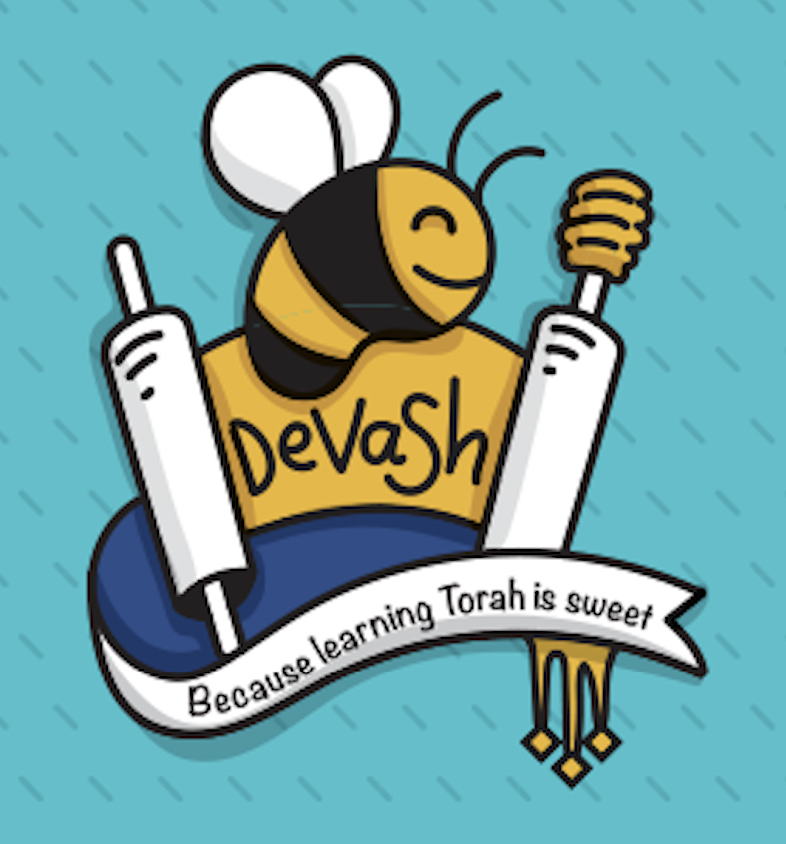Illustration Credit: Elad Lifshitz, Dov Abramson Studio

In This Week’s Parashah: מָה בַּפָּרָשָׁה
Full Parashah Reading: Vayikra 1:1-5:26
Aliyah #1 (Vayikra 1:1-1:13)
Aliyah #2 (Vayikra 1:14-2:6)
Aliyah #3 (Vayikra 2:7-2:16)
Aliyah #4 (Vayikra 3:1-17)
Aliyah #5 (Vayikra 4:1-26)
Aliyah #6 (Vayikra 4:27-5:10)
Aliyah #7 (Vayikra 5:11-26)
God teaches Moshe about five different kinds of קָרְבָּנוֹת (korbanot, offerings):
עֹלָה (Olah)
What does the name mean? The word literally means “ascend” or “go up,” because in an olah the whole animal gets burnt on the מִזְבֵּחַ (mizbei’ah, altar). That’s why it’s often translated as “burnt offering.”
What was offered? A lamb or a bull, or birds.
Who ate it? No one.
How did it feel? The olah was completely burned as a way to give it only to God—no one else shared or ate it—so that made it a private experience. It also always involved sacrificing an animal, so that made it more expensive and very intense.
מִנְחָה (Minhah)
What does the name mean? “Gift.”
What was offered? Something made of flour, raw or baked, sometimes with oil.
Who ate it? Some was burnt on the mizbei’ah, the rest was eaten by a כֹּהֵן (kohen, priest).
How did it feel? A minhah was less expensive, so it was probably a more common kind of korban. It was less dramatic than an olah because it wasn't an animal sacrifice. It was also a little less private because it was shared with the kohanim, so it was similar to sharing a religious moment together with a rabbi.
שְׁלָמִים (Shelamim)
What does the name mean? “Peace offering,” or “gift of greeting,” or it could have to do with “completion,” because it involved so many participants coming together to complete the occasion.
What was offered? Sheep, goat, or cow.
Who ate it? The fatty parts of the animal were burnt on the mizbei’ah, and the rest was eaten by the person bringing the korban and their family and friends, as well as the kohanim.
How did it feel? Like a party! The meat had to be eaten quickly, so people would invite their family and friends. Can you imagine celebrating something with a big group in your backyard or at a kiddush at shul? It was very public and joyous.
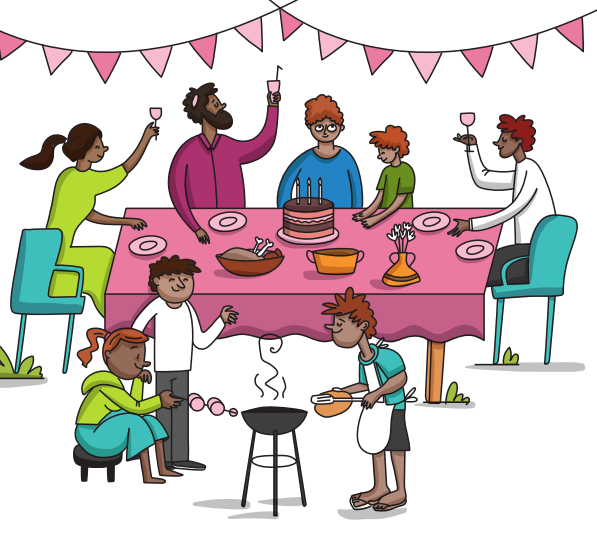
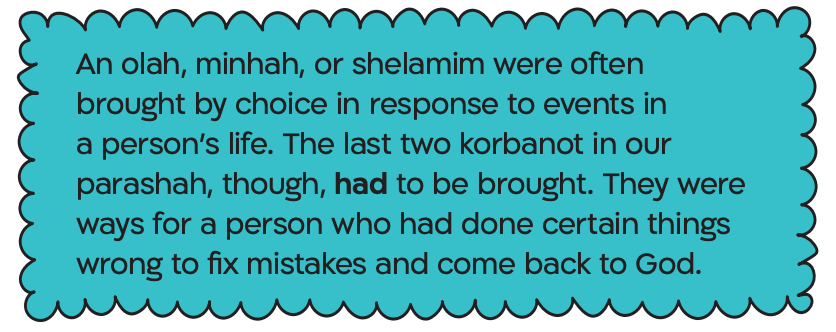
חַטָּאת (Hattat) and אָשָׁם (Asham)
What do the names mean? Hattat means “sin” and also ”purification.” Asham means “guilt.”
What was offered? Different kinds of animals. The asham could also be birds or flour.
Who ate it? Kohanim ate the parts that weren’t burnt.
How did it feel? When a person made certain sins by mistake, they would bring a hattat. This was an opportunity to repair their relationship with God, and it would probably bring a feeling of relief.
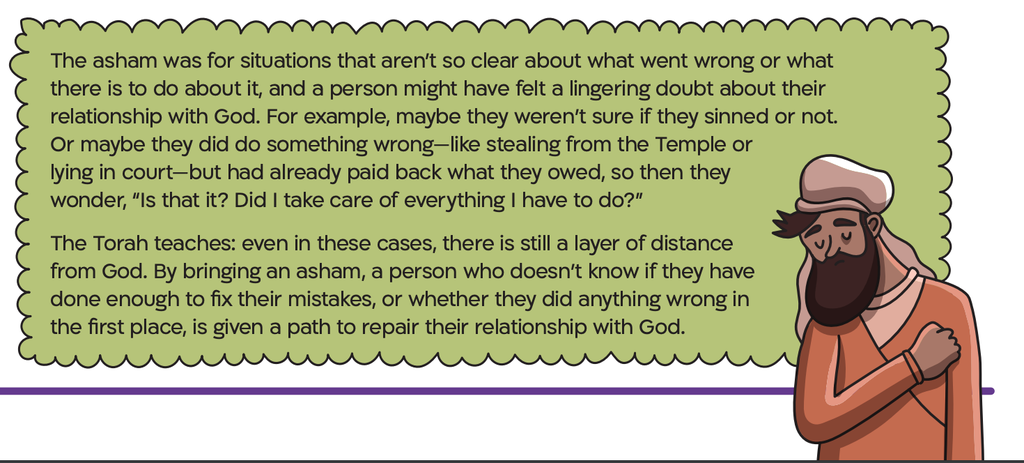
- Have you ever worried that someone might be mad at you, but just aren’t sure? Besides saying sorry, or giving back something that doesn’t belong to us, what else do we sometimes have to do to make a relationship better?
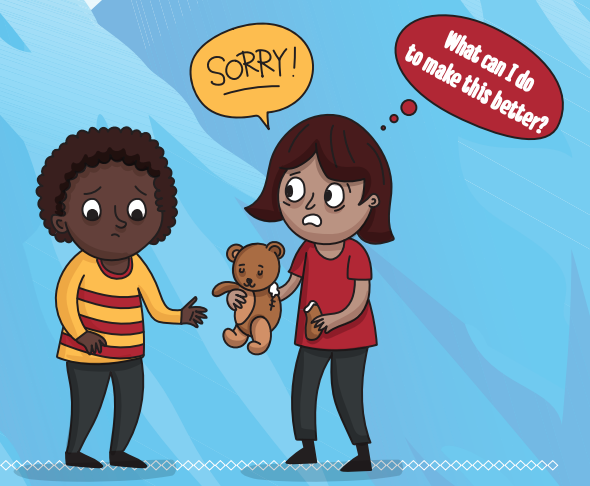
-------------------





